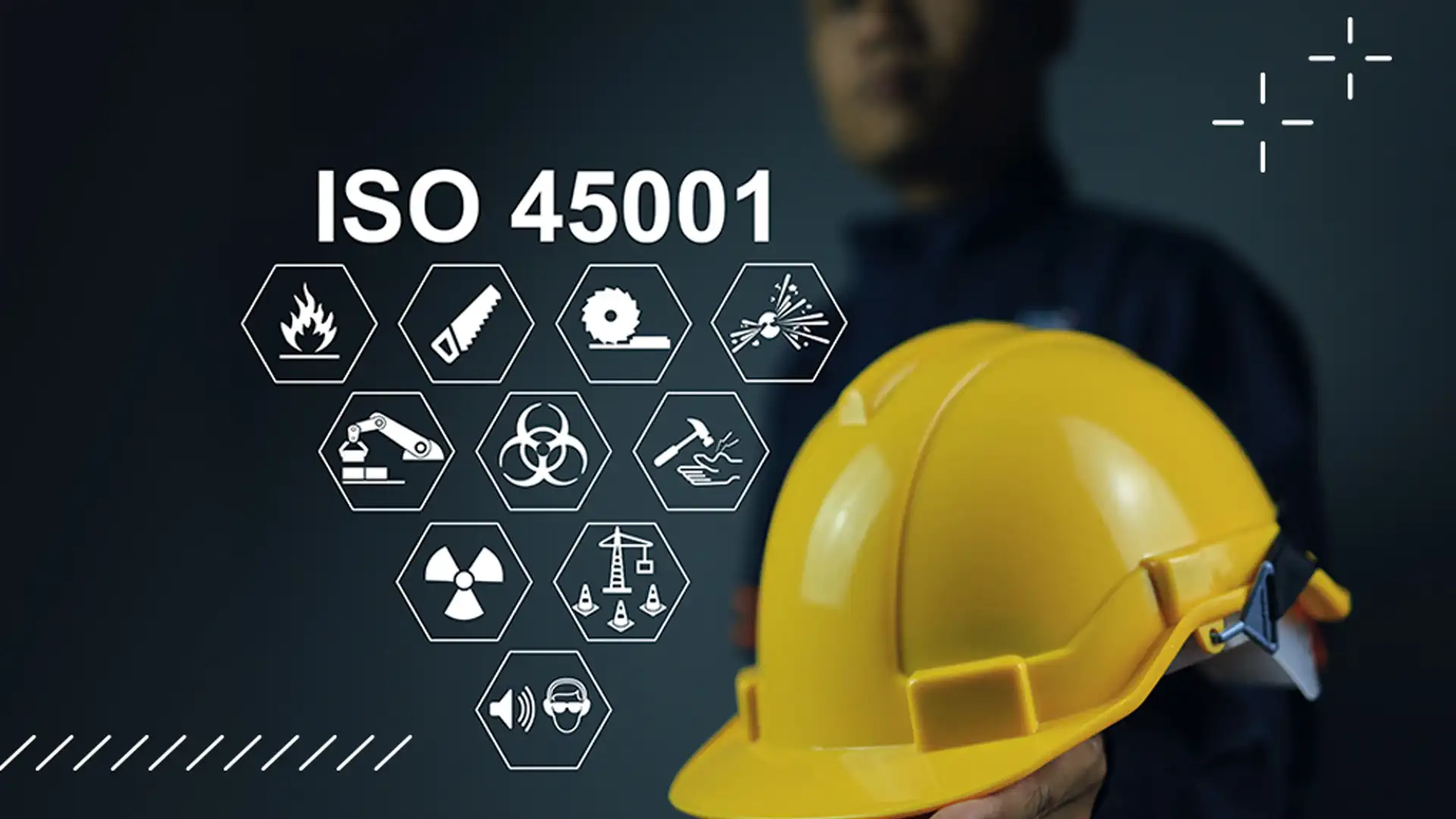ISO 45001 gets a facelift

This is the daily lot of all voluntary standards: every five, six or seven years, they have to be updated to keep pace with market realities. Heir to the British OHSAS 18001 in 2018, ISO 45001 will also be undergoing revision, in order to be even more effective in its role as a preventative toolbox for deploying a comprehensive, solid and well-managed occupational health and safety (OHS) policy.
In France, AFNOR is reopening the standardization committee, (french) which welcomes organizations wishing to have a say in the matter, and thus weigh in at global level on a theme that is pre-empted by other countries. At the beginning of 2024, the standard had already been enriched by an amendment , like some thirty other major management system standards, to include climate change as a major topic in the questions to be asked when setting up an OHS approach, a fortiori with a view to certification. Heatwaves, lack or excess of water, the health effects of air conditioning… The growing impact of climate change on working conditions had already prompted the French Economic, Social and Environmental Council (CESE) to publish an interesting opinion on the subject (french) in April 2023.
OHS and QWL, two hemispheres of the same brain
In the meantime, the current version of the standard is going from strength to strength. A survey carried out by Audirep for the AFNOR Group among 104 people in the OHS world in 2024 shows that ISO 45001 is a well-known standard, especially if the user comes from OHSAS 18001. It serves as a methodological guide to regulatory compliance, and fits in well with QSE (quality, safety and environment) management. ISO 45001 supports an approach that is useful, reassuring and even rewarding for the company, provided that the cost, complexity and certain internal reticence requiring management commitment are accepted. The AFNOR study also shows that OHS and QWL are two hemispheres of the same brain. Occupational health and safety has the regulatory dimension and the notion of risks to be prevented, while quality of working life has the voluntary dimension of well-being! You’ll also be interested in the certification dimension: those who use the standard to the point of being certified will find their children there: recognition by employees and customers, but above all good results on the accidentology front: one in three certified companies (35% to be exact) say they have observed a drop in accidentology and the rate of occupational illnesses. An Italian study(INAIL-UNI ) on the same subject corroborates this point, quantifying a 22.6% drop in accident frequency among certified organizations compared to non-certified ones, and a 29.2% drop in accident severity. It should be pointed out that, according to the International Organization for Standardization, Italy is the European country whose companies have most adopted the ISO 45001 standard, in terms of the number of active certifications.
“ Our study dispels any doubts that ISO 45001 is a tool that has yet to be widely deployed. It also shows that the standard does not do everything: its users say they need monitoring, support and training. “says Rim Chaouy, who coordinates AFNOR’s standardization initiatives in the field of occupational health and safety. AFNOR Compétences offers a full catalog of training courses here and AFNOR Certification an accredited audit course to obtain AFAQ ISO 45001 certification , (french) certification which you can add to your ISO 9001 and ISO 14001 procedures to be perfectly QSE.